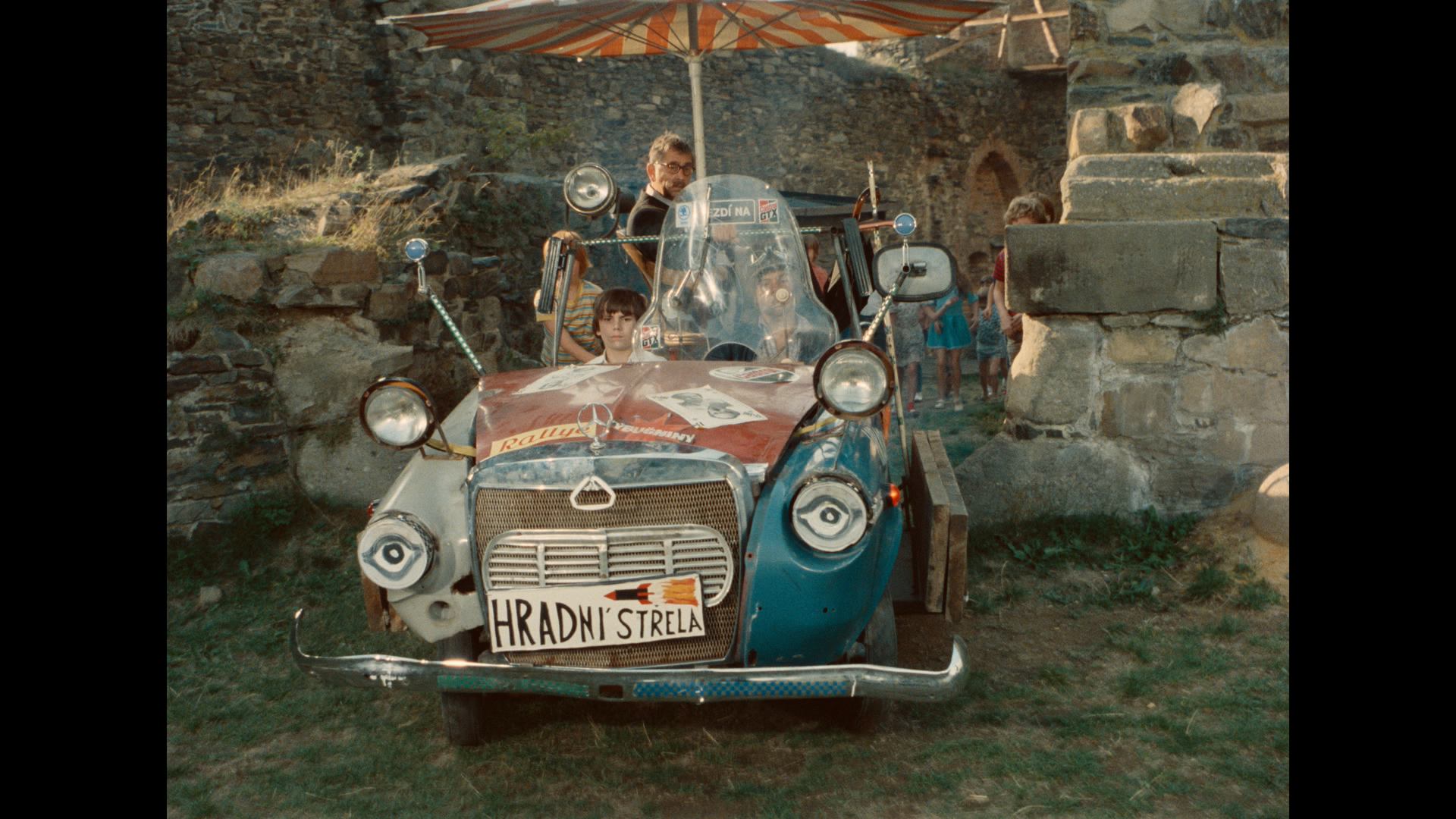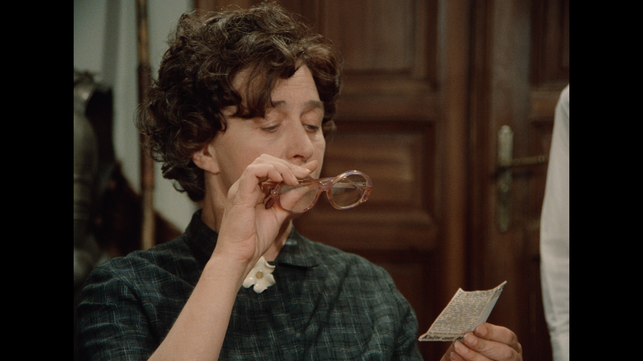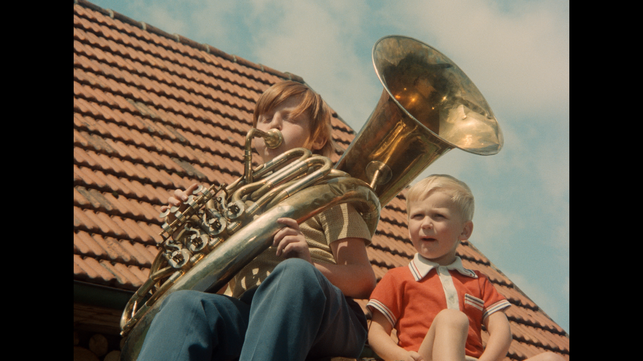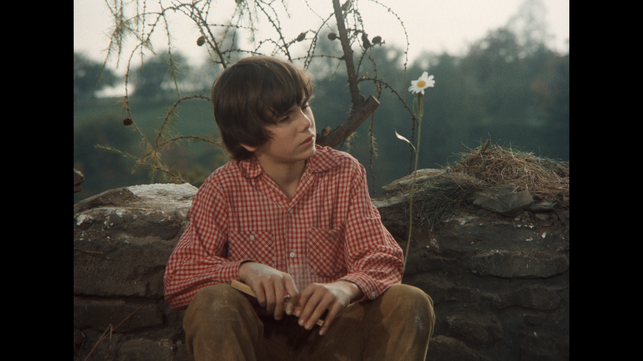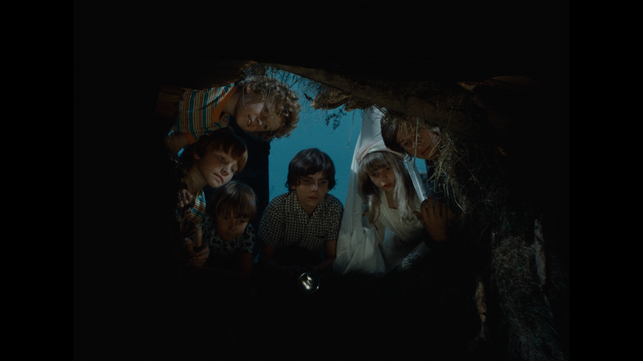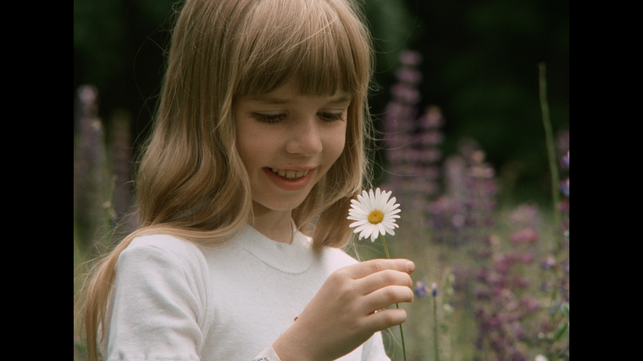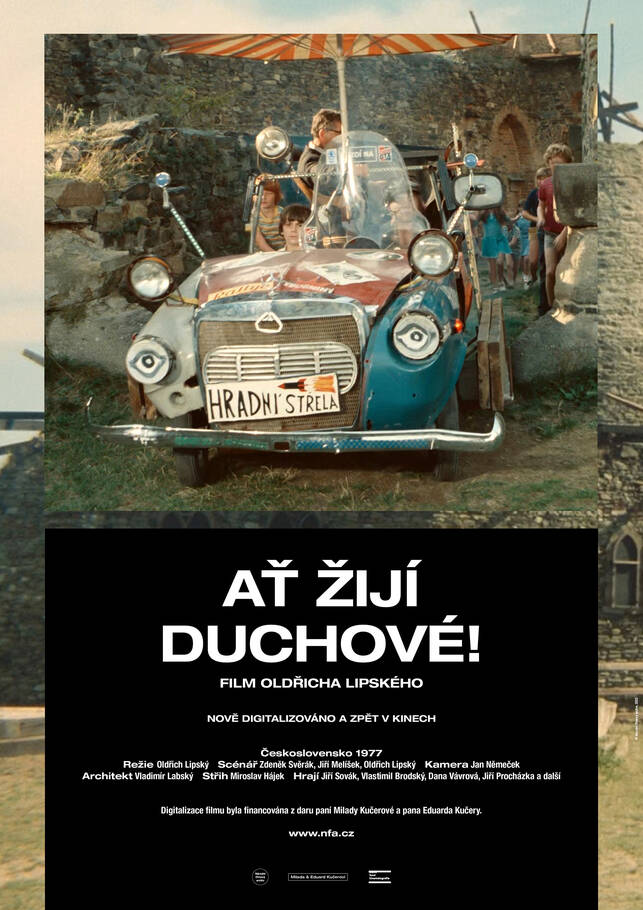Summary
Two fairytale adaptations of director Oldřich Lipský became audience favourites that now rank among Czech national film treasures – Ať žijí duchové! (Long Live Ghots!, 1977), a summertime comedy, and Tři veteráni (The Three Veterans, 1983), namely the variation written by Jan Werich. Zdeněk Svěrák worked on both screenplays. With actor Antonín Jedliček in mind, he radically rewrote Jiří Melíšek’s original script for Ať žijí duchové!, now a cult classic, removing the storyline about pioneers in the communist regime’s “Initiative Z” volunteer work scheme, and so also the ideology of that era disappeared from the picture. What remains is a charming, timeless story about village children who holiday together at a local castle ruin. With the help of friendly supernatural beings – the Knight Brtník of Brtník (played briliantly by Jiří Sovák) and the nobleman’s daughter Leontýnka (charmingly portrayed by child actor Dana Vávrová) – they transform the dark neglected ruin into a cozy playhouse. During this time of rigid “normalisation”, apolitical, pure dramas, such as this picture arose. The light summertime character of the film is encapsulated in the songs of debuting composer Jaroslava Uhlíř, who quickly became a popular favourite. The picture was also a masterpiece in terms of “product placement” (weaving a Pribináček snack and Alpa drink into the narrative). The film owes its success also to legendary cinematographer Vladimír Novotný, an expert in trick camera work, who, cooperating with Oldřich Lipský on Limonadový Joe (Lemonade Joe, 1964) and Šest medvědů s Cibulkou (Six Bears and Cibulka, 1972), met the script’s needs quite inventively and precisely. For the scenes with children and hardworking dwarves, Novotný dreamt up seemingly simple spatial tricks which remain extremely impressive even today, using “false” perspectives directly into the camera.
Read more

